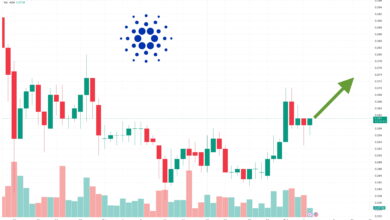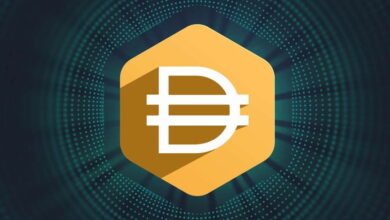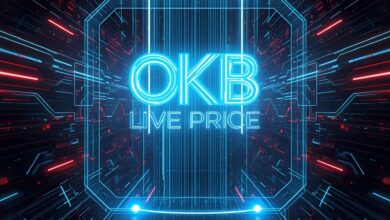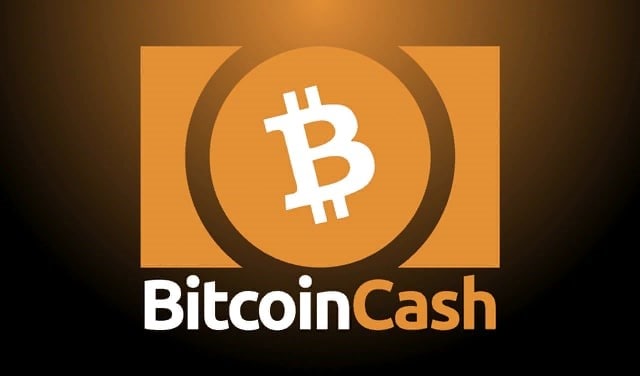
What Is Bitcoin Cash A Complete 2025 Guide to BCH
If you’ve ever asked yourself What is Bitcoin Cash, you’re far from alone. Since its launch in 2017, Bitcoin Cash (BCH) has aimed to deliver on the original idea of peer-to-peer electronic cash: fast, low-fee, reliable payments you can use every day. While Bitcoin (BTC) is often treated as “digital gold,” Bitcoin Cash keeps the focus on spending—prioritising throughput, low transaction fees, and scalability directly on its base layer.
The question “what is bitcoin cash” is really a doorway into understanding how different design choices—like larger block sizes, alternative fee dynamics, and new features such as CashTokens—shape real-world crypto payments, merchant adoption, and developer ecosystems. The result is a network that can process more transactions per block than Bitcoin, often with sub-cent fees, while staying compatible with core concepts like UTXOs, proof-of-work mining, and fixed supply via periodic halving events.
In this comprehensive guide, we’ll answer what Bitcoin Cash is in plain English, explore BCH’s history and technology, compare it with Bitcoin, walk through CashTokens and smart-contract-like functionality, and cover fees, confirmation times, wallets, mining, and security. We’ll finish with a practical conclusion and FAQs to help you go deeper—without the hype, and with citations to reputable sources.
What is Bitcoin Cash The short definition.
At its simplest, Bitcoin Cash is a cryptocurrency that forked from Bitcoin in August 2017 to scale on-chain. It increased the block size limit well beyond Bitcoin’s original 1 MB, enabling many more transactions to fit into each block so users could pay small amounts quickly and cheaply—even when network demand was high. Today, the Bitcoin Cash protocol supports blocks up to 32 MB, aligning with its mission as electronic cash for everyday payments.
In other words, when you ask what Bitcoin Cash is, the essence is: it’s Bitcoin’s UTXO design and proof-of-work security, combined with larger blocks and an explicit commitment to low-fee, high-throughput payments.
Why Bitcoin Cash forked from Bitcoin
The 2017 scaling debate and the hard fork
The famous scaling debate of 2017 centred on how to expand Bitcoin’s capacity. One camp favoured SegWit and layered scaling (like Lightning), while another pushed for bigger blocks on-chain to preserve Bitcoin as everyday cash. When consensus broke down, Bitcoin Cash split off on August 1, 2017, creating a chain whose rules allowed much larger blocks. Holders of Bitcoin at the time of the split (block 478,558) received the same amount of BCH, preserving balances across chains.
Block size and throughput: from 8 MB to 32 MB
At launch, Bitcoin Cash raised the block limit from 1 MB to 8 MB, and later to 32 MB—a key element in any precise answer to what Bitcoin Cash is. The logic is straightforward: if you can fit more transactions into each block, you can process more payments on-chain at low fees. This is the technical foundation for BCH’s payments-first approach.
Fees and user experience
Because Bitcoin Cash keeps ample block space available, transaction fees are typically low—often pennies or fractions of a cent—making BCH suitable for micro-transactions, tipping, and merchant payments without requiring second-layer channels. Historical charts consistently show lower average fees on BCH relative to peak Bitcoin congestion periods, aligning with BCH’s design goals.
How Bitcoin Cash works under the hood
The familiar model: UTXOs and proof-of-work
Technically, Bitcoin Cash keeps the original UTXO (unspent transaction output) model and proof-of-work consensus. If you already understand how Bitcoin tracks coins and validates transactions, the answer to what is Bitcoin Cash is: the same core mechanics, but with parameters and roadmap tuned for high-capacity base-layer payments. Blocks aim for a target ~10-minute interval (as in Bitcoin), and services often wait for multiple confirmations before considering a payment final.
Block size limit today
The current formal maximum block size in Bitcoin Cash is 32 MB (32,000,000 bytes). That’s an explicit protocol parameter, not just a vague target, and it’s a major part of BCH’s practical capacity to handle spikes in demand without major fee pressure. This single figure has arguably shaped the BCH identity more than any other setting, because it unlocks the “electronic cash” feel in normal conditions.
Confirmation times and real-world payments
On both BTC and BCH, block production is probabilistic and averages about 10 minutes. In practice, Bitcoin Cash payments are often accepted after one confirmation for everyday amounts, though exchanges and large merchants may wait for more (for example, up to 6 confirmations, roughly ~1 hour) to reduce settlement risk. This mirrors best practices across UTXO chains.
Bitcoin Cash vs. Bitcoin: the practical differences
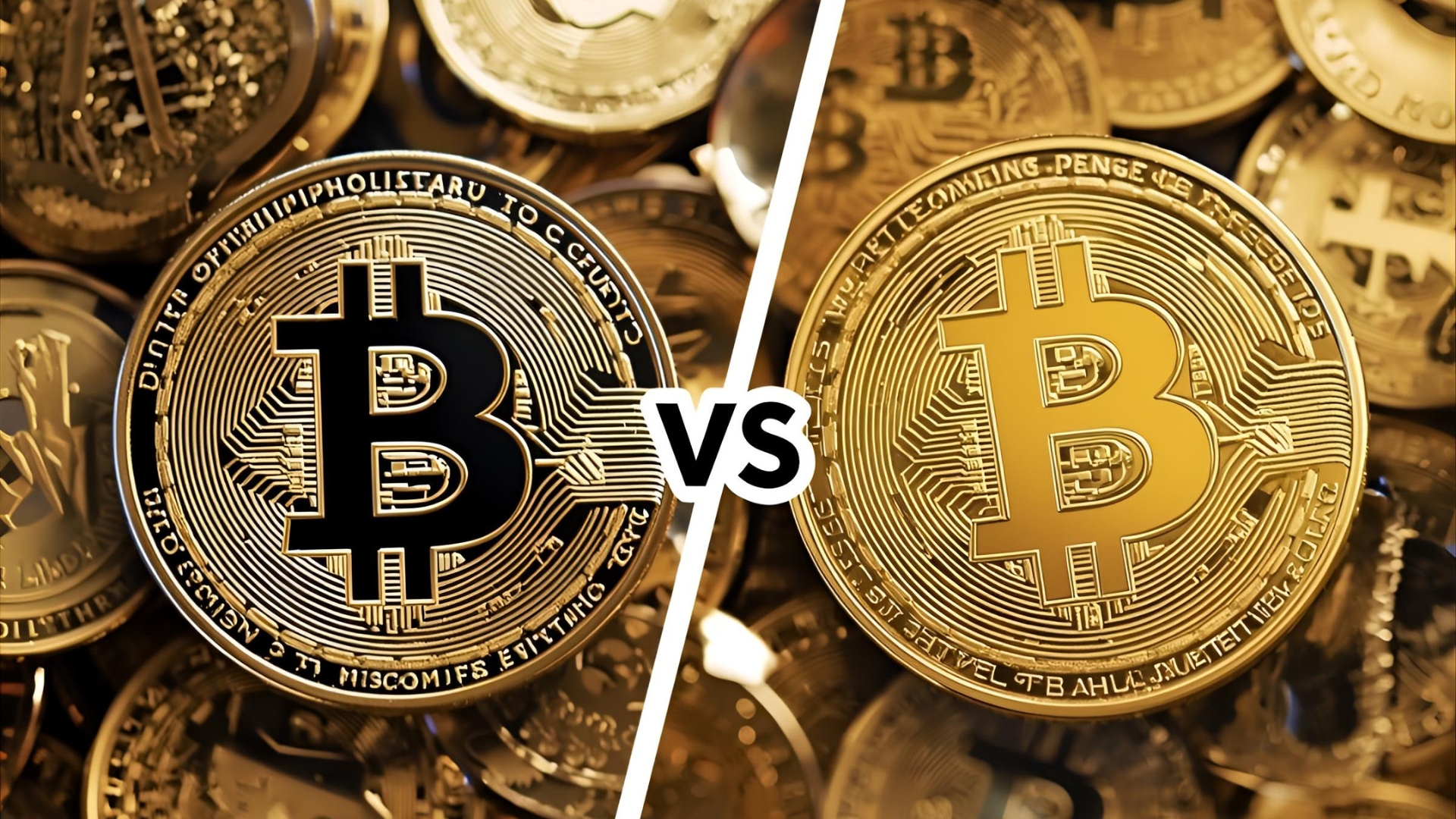
Scaling today vs. layers tomorrow
When evaluating what Bitcoin Cash is in contrast to Bitcoin, it helps to frame the philosophical split. BTC tends to keep main-chain usage relatively scarce and expensive during peak congestion, nudging everyday payments to second-layer solutions like Lightning. BCH, by contrast, attempts to scale on-chain now via larger blocks, minimising fee spikes and UX barriers for small payments. This design trade-off is why BCH typically offers lower fees and shorter queues for inclusion in a block, especially during surges.
Adoption dynamics
Despite these UX advantages, BTC is still more widely held and transacted overall, with deeper liquidity and brand recognition. BCH’s value proposition is strongest where payment experience matters most: small purchases, remittances, and merchant acceptance, where predictable low fees are essential. Understanding whatBitcoin Cash ish therefore, includes accepting that network effects and narratives differ: BTC as “store of value,” BCH as “spendable cash.”
2023–2025 upgrades: CashTokens and beyond
CashTokens—smart-contract-like functionality on Bitcoin Cash
For years, critics arguedthat BCH was “just payments.” That changed with the May 15, 2023, network upgrad,e introducing CashTokens, a standards-layer addition enabling fungible tokens, NFTs, and more complex smart-contract-style apps directly on the Bitcoin Cash blockchain—without abandoning low fees. This is key for anyone wondering what Bitcoin Cash is today, because it expands BCH from simple payments into DeFi, stablecoins, vouchers, and ticketing use cases—while retaining the UTXO model and predictable base-layer costs.
Developers and educators describe CashTokens as a major milestone, opening the door to tokenised assets and decentralised apps that can settle on-chain at BCH’s typical fee rates. It’s not a clone of Ethereum’s virtual machine; instead, CashTokens are implemented via consensus-level primitives designed for efficiency in the BCH environment.
Why CashTokens matter for fees and UX
Because CashTokens live at the protocol level, issuing a token or building a tokenised app doesn’t require wrapping, pegging, or complex bridges. For users, this directly supports the low-fee promise that defines what Bitcoin Cash is from a payments perspective. Tokens for gift cards, event tickets, payment stablecoins, or community currencies can ride on the same high-capacity blocks that make BCH payments cheap in the first place.
Fees, speed, and real-world performance
Typical fees on Bitcoin Cash
Charts tracking the network show BCH average fees commonly in the sub-cent to low-cent range, even during market busy periods. This is what lets a café accept a $3 payment without watching fees eat a meaningful percentage. It’s also why BCH has remained attractive for micro-tipping, gaming purchases, and cross-border remittances where predictability matters.
Confirmation time in practice
Remember that block time averages ~10 minutes. While some wallets or merchants accept zero-conf (pre-confirmation) payments for small amounts under certain conditions, many services simply wait for one confirmation (often just a few minutes if the next block comes quickly), and exchanges frequently require several. The operational reality is similar to Bitcoin, but the queue to get into a block tends to be shorter on BCH when demand spikes, because more capacity is available.
Monetary policy and halving: Bitcoin Cash supply dynamics
The BCH halving schedule
Like Bitcoin, Bitcoin Cash enforces a fixed issuance schedule with a halving roughly every four years, cutting the block subsidy by half. Because of early differences in difficulty adjustment after the fork, BCH halving dates did not perfectly match Bitcoin’s and have occurred earlier in past cycles. The most recent Bitcoin Cash halving occurred on April 4, 2024, reducing the per-block reward to 3.125 BCH and inaugurating a new era for miner economics. When asking what Bitcoin Cash is, you should include this: BCH shares Bitcoin’s scarcity ethos, even as it diverges on scaling.
Wallets, custody, and spending Bitcoin Cash
Choosing a wallet
If your goal in learning what Bitcoin Cash is is to start using it, you’ll need a wallet. Just as with Bitcoin, non-custodial wallets let you hold your own keys while custodial services handle keys for you. BCH wallets will display legacy or cashaddr formats for addresses; modern wallets support cashaddr to reduce user errors. Focus on reputable software, strong backups of your seed phrase, and security hygiene.
Paying merchants and P2P
Sending Bitcoin Cash is simple: scan a QR code, confirm the amount, and broadcast the transaction. Because fees are usually negligible, BCH excels for small payments that might be impractical on other chains during congestion. Many merchants prefer one confirmation before shipping goods or releasing services. As always, align your confirmation policy with risk tolerance and ticket size.
Mining and security on Bitcoin Cash
Proof-of-work and hash power
Bitcoin Cash uses the same SHA-256 proof-of-work algorithm as Bitcoin, meaning miners can switch between chains depending on profitability. BCH security stems from distributed miners finding blocks and enforcing consensus rules, while full nodes validate the chain. Because BTC typically commands more hash power overall, BCH emphasises economic finality via confirmations and network monitoring—standard operational practices on proof-of-work chains. Understanding what Bitcoin Cash is includes recognising that it inherits the PoW security model but has its own market dynamics for miners.
Confirmation policy as security budget
In practical terms, more confirmations equal greater settlement assurance. Payment processors, exchanges, and institutional users tailor their confirmation requirements to risk: single confirmations for small retail payments, more for high-value transfers. This mirrors the Bitcoin ecosystem and remains a best practice for BCH businesses in 2025.
What is Bitcoin Cash for developers Building on BCH
Tooling and standards
For builders, the post-2023 landscape means CashTokens are part of the native toolbox. The formal CHIP (Cash Improvement Proposal) specification lays out fungible and non-fungible token primitives designed for efficiency and compatibility with BCH’s transaction model. This empowers token issuance, DEX architectures, and programmable payments without compromising the low-fee ethos central to what is Bitcoin Cash.
Realistic app patterns
Common CashTokens use cases include payment stablecoins, reward points, gift cards, vouchers, event tickets, and community currencies—applications that benefit from inexpensive on-chain settlement and simple UX. Community authors and publications emphasise how these patterns keep complexity modest while making the most of BCH’s base-layer scalability.
Risks, trade-offs, and how to think about them
Bigger blocks vs. decentralisation costs
Increasing the block size limit raises valid questions about node requirements, bandwidth, and long-term decentralisation. Supporters argue that today’s hardware easily handles tens of megabytes per block and that predictable capacity is required to keep fees low for billions of users. Critics warn of creeping centralisation if operating a node becomes too resource-intensive. Part of the continuing dialogue around what Bitcoin Cash is exactly this: the right balance between on-chain scale and operational accessibility for nodes.
Adoption and liquidity headwinds
Despite BCH’s payments-first advantages, Bitcoin’s network effects—from institutional products to developer mindshare—remain formidable. For many users, the choice is not binary: they may hold BTC as a long-term store while spending BCH day-to-day. A realistic understanding of what Bitcoin Cash includes acknowledging that market share, liquidity, and merchant integrations vary across jurisdictions and over time.
How to evaluate what Bitcoin Cash is for your needs
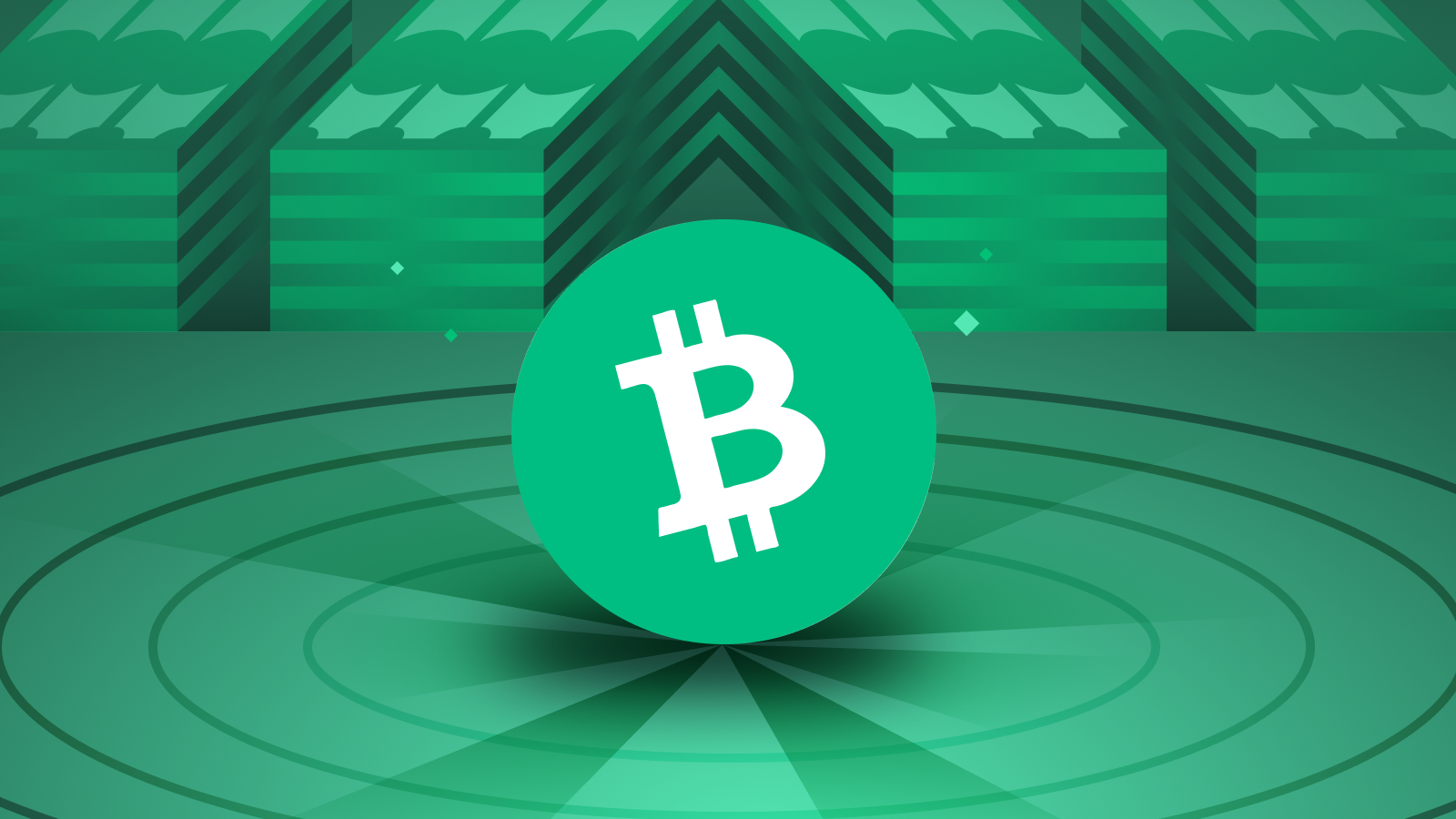
For everyday spenders
If you want fast, low-fee payments without worrying about off-chain channels, Bitcoin Cash offers a straightforward experience. Choose a reputable wallet, test with small amounts, and learn how confirmation times work in the context of your purchases. Knowing this operational flow is part of mastering what Bitcoin Cash is in real life.
For merchants and businesses
Businesses that value predictable transaction costs and immediate settlement may find BCH attractive. Many POS solutions and wallet providers support BCH invoices and cashaddr QR codes. Establish a confirmation policy (often 1 for small tickets) and train staff on how to spot and avoid common errors. Evaluating what Bitcoin Cash is from a business perspective is about reliability, fee savings, and customer experience.
For developers and communities
For builders, the CashTokens ecosystem is a fertile ground for tokenised utilities, community currencies, and lightweight DeFi. The key is to align your design with BCH’s strengths: simple primitives, low fees, and a payments-first culture. Reading the CashTokens spec and community guides can accelerate your learning curve.
What is Bitcoin Cash in 2025 A balanced, up-to-date snapshot
Where BCH stands
As of 2025, Bitcoin Cash remains one of the best-known forks of Bitcoin, distinguished by 32 MB blocks, low fees, and a payments-centric vision. The 2023 CashTokens upgrade broadened BCH’s scope from pure payments to on-chain tokenisation and smart-contract-style use cases, strengthening the developer story without compromising affordability. The 2024 halving tightened issuance again, mirroring Bitcoin’s deflationary schedule while subtly shifting miner economics. If you came here asking what Bitcoin Cash is, the current answer is: a mature, low-fee payments chain with growing token functionality and a clear, consistent roadmap.
Also Read: Bitcoin Cash Forecast 2025 Will BCH Top $1,200
Conclusion
After eight years, Bitcoin Cash is more than “that 2017 fork.” It’s a base-layer payments blockchain that kept the Bitcoin architecture but tuned it for everyday spending via larger blocks and low fees. With CashTokens, BCH now supports tokens and programmable use cases directly on-chain, aiming to make stablecoins, vouchers, tickets, and community currencies practical at a global scale.
If your personal definition of what is bitcoin cash emphasises using crypto—not just holding it—BCH belongs on your shortlist. It won’t replace BTC’s network effects overnight, but it offers a clear, coherent alternative for people who want fast, inexpensive, reliable payments secured by proof-of-work and settled on the base chain.
FAQs
Q: In one sentence, what is Bitcoin Cash?
Bitcoin Cash is a proof-of-work cryptocurrency that forked from Bitcoin in 2017 to provide faster, cheaper on-chain payments using larger blocks and now supports CashTokens for tokenised apps.
Q: How are BCH fees usually so low?
Because the network allows up to 32 MB blocks, BCH can fit many more transactions into each block, which keeps the mempool under less pressure and fees sub-cent to low-cent most of the time—even when activity rises.
Q: How fast are BCH transactions, and how many confirmations do I need?
Blocks average about 10 minutes; small retail purchases may be accepted after one confirmation, while exchanges or high-value transfers often wait for more (e.g., six confirmations) for extra safety.
Q: What did the 2023 upgrade add, and why does it matter?
The May 2023 upgrade introduced CashTokens, consensus-level primitives for fungible and non-fungible tokens, enabling stablecoins, vouchers, tickets, and DeFi-style applications on Bitcoin Cash without sacrificing low fees.
Q: When was the latest halving for Bitcoin Cash?
Bitcoin Cash completed its latest halving on April 4, 2024, reducing the block subsidy to 3.125 BCH and continuing its four-year issuance schedule similar to Bitcoin’s.
